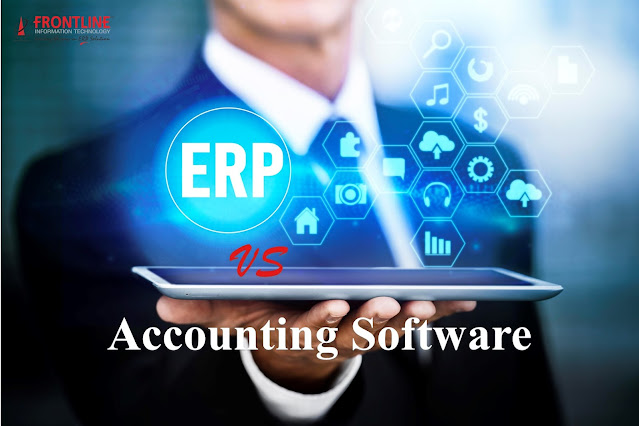Change Management Strategies for successful ERP implementation
A new ERP system implementation or upgradation rollouts,
brings a significant change in the organization’s business process. That’s why
developing a proper change management strategy for an ERP is important. The
lack in managing it in the beginning causes ERP roll-out failure.
Here are the effective change management steps for an ERP implementation:
- Organize and help leaders understand the case for change
- Engage and ensure key stakeholders buy-in
- Tailor communication based on audience
- Create change journey of organization
- Train the workforce
Organize and help leaders understand the case for change
A new ERP implementation affects day-to-day operations of an
entire organizations, no matter how big or small the organisation is. Even if
you are migrating to newer version or technology of the software, it’s the
first action of a change management strategy to assess the impact and evaluate
transition.
Engage and ensure key stakeholders buy-in
As a typical ERP project introduce massive change in an
organization, and it is important that the key stakeholders need to be informed
about the current process, business disruptions, growing pains, and how they
are changed with the new solution. With this clear picture, they can determine
whether they need and can make those changes. It helps the project team to
decide initially and accept on the upcoming business change and prevents any
change in later stage of the project implementation.
Tailor communication based on audience
An important strategy when it comes to change management is
a proper communication. Usually, employees struggle and are not convenient with
a change in their environment. This is mainly because they are not getting the
information on why it is done and how it eases their daily operations. It’s important to deliver them the information
when they need it.
When it comes to ERP, the right information has to be shared
with each group of the stakeholders. The project scope, objectives, timeline,
deliverables, transition of process from implementation to go-live need to be
communicated with them.
Create change journey of an organisation
As the organization implements a new system, they all desire
for a transformed business process. Designing and delivering the desired
outcome is also key to change management. In this phase it is to analyse the
competency requirement and redesigning job assignments.
The efforts to achieve this may vary with the group of
stakeholders. The transformation plan that defines action, responsibility and
milestones to reach the ideal destination need to be developed. Analyze
potential hurdles that come along the way and the how it can be handled.
Train the workforce
A critical part of the change management for an ERP project
is enabling the workforce to get adopted with the new system. With this comes
the learning curve which includes training them in overall job, skill and
organization process changes. The end-user training needs to be an on-going
process, demonstration class, workshops and practical sessions throughout the
implementation process.
In other words, before go-live, the end-users, stakeholders
and all the team members understand the new process and its impact on the
business.
Change management in an ERP project is often overlooked
because of lack of time and cost saving initiatives, but it must be given
priority throughout the project. Taking a smart approach by connecting
employee, stakeholders, process and system improves the efficiency. The change
management enables the members to understand, accept and use the system.
You can contact us at sales@fit.ae
or +971 4 353 3727 for consultation and implementation of a new ERP system in
your organization.




Comments
Post a Comment